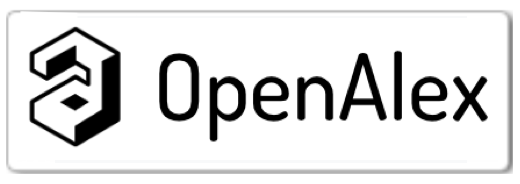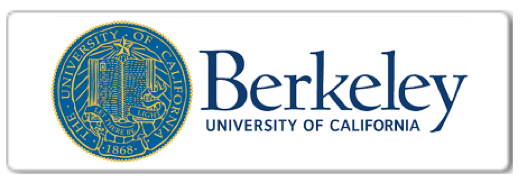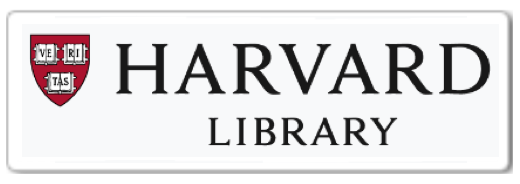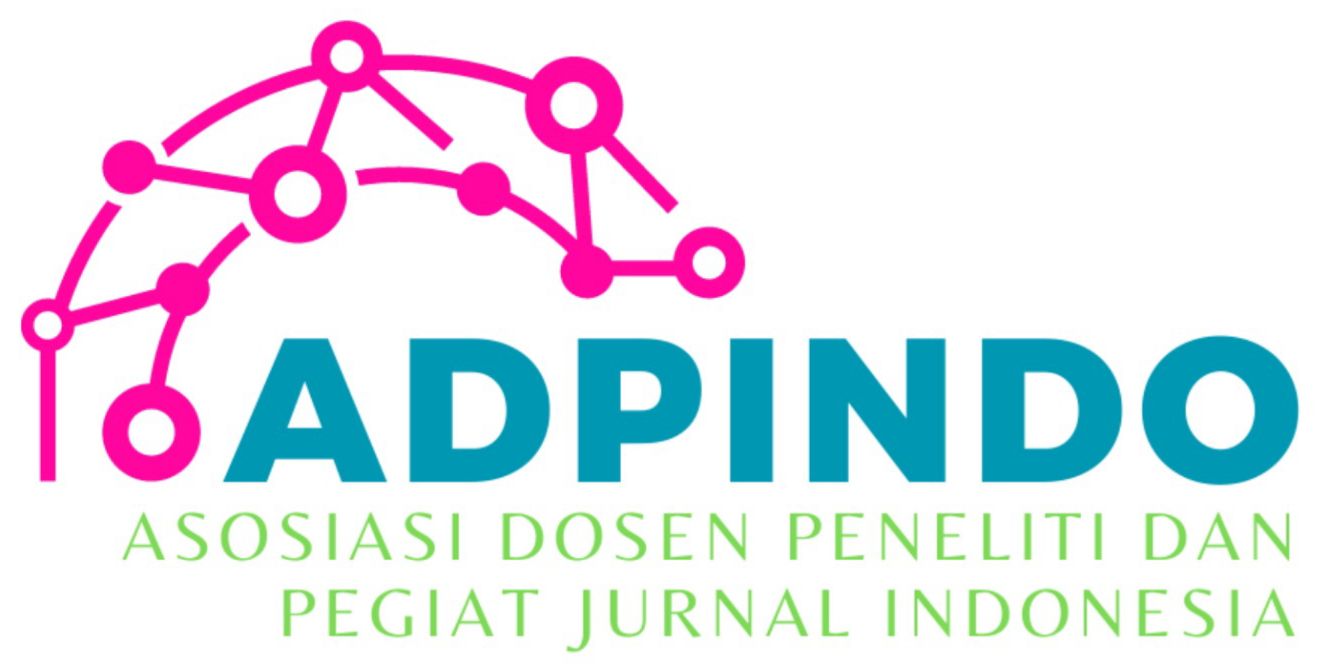THE IMPACT OF ELECTRONIC HUMAN RESOURCE MANAGEMENT STRATEGIES ON ORGANIZATIONAL FLEXIBILITY
Main Article Content
Hasan Fadhil Al Husseini
Amer Abed Kareem Al-Thabhawee
Aityassine, F., Alsayaha, A., & Al-Ajlouni, M. (2022). The effect of electronic human resources practices on employee satisfaction in private hospitals. International Journal of Data and Network Science, 6(3), 753-760.
Al-Lozi, M., Almomani, R. Z., & Al-Hawary, S. I. (2018). Talent Management strategies as a critical success factor for effectiveness of Human Resources Information Systems in commercial banks working in Jordan. Global Journal of Management and Business Research: A Administration and Management, 18(1), 30–43.
Alolayyan, M. N., & Alyahya, M. S. (2023). Operational flexibility impact on hospital performance through the roles of employee engagement and management capability. BMC Health Services Research, 23(1), 1-12.
Anning-Dorson, T. (2021). Organizational culture and leadership as antecedents to organizational flexibility: implications for SME competitiveness. Journal of Entrepreneurship in Emerging Economies, 13(5), 1309-1325.
Barman, A., & Das, K. (2019). Businesses through human resource technology – Innovations and dominance. London Journal of Research in Management and Business, 18(10), Compilation 1.0.
Bersin, J. (2021). HR Technology 2021: A definitive guide. ISA. Retrieved from https://isaconnection.org/wpcontent/uploads/2021/04/Bersin_HR_TechMarket_2021_ v6.pdf.
Brozovic, D. (2018). Strategic flexibility: A review of the literature. International Journal of Management Reviews, 20(1), 3-31.
Burbach, R. (2019). Strategic evaluation of e-HRM. In M. Thite (Ed.), e-HRM: Digital approaches, directions and applications (pp. 235–249). Routledge.
Chalab, I. D., & Chraimukh, H. G. (2023). The Role of (OF)in Interpreting the Relationship between Adaptive Organizational Culture and Structural Differentiation: Applied Study. Journal of Survey in Fisheries Sciences, 10(3S), 5051-5066.
Cowan, L., Kaine, G., & Wright, V. (2013). The role of strategic and tactical flexibility in managing input variability on farms. Systems Research and Behavioral Science, 30(4), 470-494.
De la Gala-Velasquez, B. R. D., Hurtado-Palomino, A., & Chavez Zirena, E. M. (2023). (OF)and pioneering behavior: the indirect effect of market dynamism in tourism firms. International Journal of Tourism Cities, 9(1), 35-50.
De Leeuw, E., Hox, J., Silber, H., Struminskaya, B., & Vis, C. (2019). Development of an international survey attitude scale: Measurement equivalence, reliability, and predictive validity. Measurement Instruments for the Social Sciences, 1(1), 9.https://doi.org/10.1186/s42409-019-0012-x.
Dhar, B. K., Stasi, A., Döpping, J. O., Gazi, M. A. I., Shaturaev, J., & Sarkar, S. M. (2022). The mediating role of strategic flexibility between leadership styles on strategic execution: A study on Bangladeshi private enterprises. Global Journal of Flexible Systems Management, 23(3), 409-420.
Dianawati Suryaningtyas, Achmad Sudiro, Eka Troena, and Dodi Irawanto, (2019)."Organizational Resilience and Organizational Performance: Examining the Mediating Roles of Resilient Leadership and Organizational Culture", Academy of Strategic Management Journal, Vol. 18, No. 2,.
Donald B. Yarbrough, Lyn M. Shulha, Rodney K. Hopson, and Flora A. Caruthers, (2011)."The Program Evaluation Standards: A Guide for Evaluators and Evaluation Users", 3rd Edition.
Friedman, T. (2016). Thank you for being late: An optimist’s guide to thriving in the age of accelerations. Farrar, Straus & Giroux.
Hair Jr, J. F., Hult, G. T. M., Ringle, C. M., & Sarstedt, M. (2021). A primer on partial least squares structural equation modeling (PLS-SEM). Sage publications.
Hope Witmer, Marcela S. Mellinger, (2016)."Organizational Resilience: Nonprofit Organizations Esponse to Change ", Journal of Prevention, Assessment, and Rehabilitation, Vol. 54, No. 2, pp. 255- 265.
Howard, M. C. (2018). The convergent validity and nomological net of two methods to measure retroactive influences. Psychology of Consciousness: Theory, Research, and Practice, 5(3), 324–337. https://doi.org/10.1037/cns0000149.
Imperatori, B., Bissola, R., Butera, F., & Bodega, D. (2019). Work and HRM in the 4.0 era: Insights and research directions. Studi Organizzativi, XXI(2), 9–26.https://doi. org/10.3280/SO2019-002001.
Ionescu Vladimir, Cornescu Viorel, and Druica Elena, (2012)." Flexible Organization. Global. Business and Management Research", An International Journal, Vol. 4, No. 3 , pp. 277-285.
Ionescu, V., Cornescu, V., Druica, E . (2012). Flexible Organization. Global. Business and Management Research: An International Journal, Vol. 4, No. 3, 4. pp. 277-285.
Jack W. Baker, Matthias Schubert, and Michael H. Faberb, (2008), "On the Assessment of Robustness" , Institute for Structural Engineering, Swiss Federal Institute of Technology, Vol. 30, No. 3, pp. 253 - 267.
Jammulamadaka, N. (2020). Digital reverse mentoring as a strategic HRM tool: A case study of an Indian Firm. In P. Kumar, A. Agrawal & P. Budhwar (Eds.), Human and technological resource management (HTRM): New insights into revolution 4.0 (pp. 89–109). Emerald Publishing Limited.
Jiang, X., Wang, S., Zhao, Q., & Wang, X. (2023). Exploiting the operational flexibility of AC-MTDC distribution system considering various flexible resources. International Journal of Electrical Power & Energy Systems, 148, 108842.
Joseph Jerome, J. J., Sonwaney, V., & ON, A. (2023). Modeling the factors affecting (OF)in MSMEs. Journal of Global Operations and Strategic Sourcing.
Kafetzopoulos, D., Psomas, E., & Bouranta, N. (2022). The influence of leadership on strategic flexibility and business performance: the mediating role of talent management. Management Decision, 60(9), 2532-2551.
Kalay, F. (2016). The Impact of Organizational Justice on Employee Performance: A Survey in Turkey and Turkish Context. International Journal of Human Resource Studies, Vol. 6, No. 1, PP. 1-20.
Kattenbach, R., Demerouti, E., Nachreiner, F. (2010). Flexible working times: effects on employees' exhaustion, work nonwork conflict, and job performance. Career Development International, Vol. 15, Iss: 3, pp. 279 – 295.
Khin, S., Ahmad, N., Ramayah, T. ( 2012 ). The Integrated Effect of Strategic Orientations on Product Innovativeness: Moderating Role of Strategic Flexibility. Procedia - Social and Behavioral Sciences, Vol. 65, pp. 743 – 748.
Koçyiğit, Y., & Akkaya, B. (2020). The role of (OF)in (OF): A research on SMEs. Business Management and Strategy, 11(1), 110-123.
Komm, A., Pollner, F., Schaninger, B., & Sikka, S. (2021). The new possible: How HR can help build the organization of the future. McKinsey & Company. Retrieved from https://www.mckin-sey.com/business-functions/organization/our-insights/the-new-possible-how-hr-can-help-build-the-organization-of-the-future.
Lim, B., Ling, F., Ibbs, C., ASCE., M., Raphael, B.,& Ofori, G.(2012). Mathematical Models for Predicting (OF)of Construction Firms in Singapore. Journal Of Construction Engineering And Management, PP. 361-375.
Lim, B., Ling, F., Ibbs, C., ASCE., M., Raphael, B.,& Ofori, G.(2011). Empirical Analysis of the Determinants of (OF)in the Construction Business. Journal Of Construction Engineering And Management, PP. 225-237.14.
Madhani, P.(2013).Organizational Flexibility: Real Options Approach. SCMS Journal of Indian Management, p.p. 43-54.
Mohamad & Jais. (2016). Emotional Intelligence and Job Performance: A Study Among Malaysian Teachers. Procedia Economics and Finance, Vol. 35, PP. 674 – 682.
Moldoveanu, G. & Dobrin, C. (2012). Unity Of The Organizational Functions Flexibility, Theoretical and Empirical Research in urban management. Theoretical and Empirical Researches in Urban, Vol.7. Iss: 3, PP. 53-61.
Nurimansjah, R. A., Nurjannah, N., Munawir, M., & Basalamah, J. (2023). The Moderating Role of HR Service Quality Between e-HRM and Employee Performance. Jurnal Manajemen Bisnis, 10(1), 98-108.
Nyathi, M., & Kekwaletswe, R. (2023). Realizing employee and organizational performance gains through electronic human resource management use in developing countries. African Journal of Economic and Management Studies, 14(1), 121-134.
Obicci, P.(2015). Effects of ethical leadership on employee performance in Uganda. Net Journal of Business Management, Vol. 3, No. 1, PP. 1.
Parry, E., & Battista, V. (2019). The impact of emerging technologies on work: A review of the evidence and implications for the human resource function. Emerald Open Research, 1, 5. https://doi.org/10.12688/emeraldopenres.12907.1.
Phillips, P. A., & Wright, C. (2009). E-business's impact on organizational flexibility. Journal of Business Research, 62(11), 1071-1080.
Reed, K., & Blunsdon, B. (1998). (OF)in Australia. International Journal of Human Resource Management, 9(3), 457-477.
Rimkeviciene, J., Hawgood, J., O’Gorman, J., & De Leo, D. (2017). Construct Validity of the Acquired Capability for Suicide Scale: Factor Structure, Convergent and Discriminant Validity. Journal of Psychopathology and Behavioral Assessment, 39(2), 291–302. https://doi.org/10.1007/s10862-016-9576-4.
Strohmeier, S. (2020). Digital human resource management: A conceptual clarification. Journal of Human Resource Management: Zeitschrift für Personalforschung, 34(3), 345–365https://doi.org/10.1177/2397002220921131.
Thite, M. (2020). Digital human resource development: Where are we? Where should we go and how do we go there? Human Resource Development International, 25(1), 87–103 https://doi.org/10.1080/13678868.2020.1842982.
Thite, M., & Bhatta, N.M.K. (2019). Soft systems thinking approach to e-HRM Project Management. In M. Thite (Ed.), E-HRM: Digital approaches, directions and applications (pp. 42–56). Routledge.
Umoh, H. I. Wokocha, and Edwinah Amah, (2014). "Management Development and Organizational Resilience. A Case Study Of Some Selected Manufacturing Firms In Rivers State. Nigeria ", Journal of Business and Management, Vol. 16, No. 2, pp. 7-16.
Yu, K., Cadeaux, J., & Luo, B. N. (2015). Operational flexibility: Review and meta-analysis. International Journal of Production Economics, 169, 190-202.
Zang, S., Wang, H., & Zhou, J. (2022). Impact of eco-embeddedness and strategic flexibility on innovation performance of non-core firms: The perspective of ecological legitimacy. Journal of Innovation & Knowledge, 7(4), 100266.
Zavyalova, E., Sokolov, D., Kucherov, D., & Lisovskaya, A. (2022). The digitalization of human resource management: Present and future. Foresight and STI Governance, 16(2), 42–51. https://doi.org/10.17323/2500-2597.2022.2.42.51.






































